

Jump to Content
Zerg is mostly seen as a reactionary race that requires fast mechanics and an above-average ability to adapt quickly during a game. Perhaps one of the strategies that can be depended on most of the time is the Muta/Ling/Bane unit composition, which has been proven time and again to be effective against most matchups and situations.
This composition is typically used against ZvT, but it does work well against Protoss as well. It offers great mobility against a slower enemy army. The units cover for each other’s weaknesses and has been known even in the professional scene to be potent in the mid-game.
There isn’t an exact build order required for this strategy. It depends whether you want to get Mutalisks as soon as possible or you’ll go for expansions first to build up the economy before you come up with the bulk of your army.
If you choose the former, then get to Lair tech as soon as you can and put down a Spire once it finishes. Mutalisks do need a good amount of gas though, so you’d be at two-base for a good amount of time once Lair finishes.
This strategy works with early gas build orders as you’ll need Zergling speed quickly, then Banelings and Mutalisks will demand a lot more. Perhaps you’d get to two gas once you’re about to start your research.
Get your attack and carapace upgrades just before you are massing up your army so you’ll hit them just as they finish. Having +2 for everything will be advantageous as you get to the 15-minute mark. If you’re up for the double Spire build, then take note that you’re sacrificing some resources that may to units for quick +2 attack/carapace for your Mutalisks. This is good if you’re making heavy use of your flyers.
Remember that this is a mid-to-late game strategy, so learn how to transition from your early game builds to this composition. Zerg is about flexibility and reactionary play most of the time, so being able to transition between this and other compositions like Roach/Hydra and Infestors should form the bulk of your Zerg play.
Zerglings are for early pressure and scouting, as well as taking out whatever is on the ground. They are best in swarms, as is how Zerg is usually played, so you’d want to make a good number of them in the early game to harass and annoy your opponent.
Banelings are for busting down wall-ins, taking out crucial targets, and killing ground armies by the dozens. They’re most effective against light units, with each Baneling being able to kill up to around 8 units around it. Being able to make the most for every Baneling ensures that you can actually gain supply advantage once you’ve cleared out tier 1 ground forces.
Mutalisks are central to this strategy as they’re used for harassment and catching your opponent off-guard. They are actually quite effective against Protoss, who would only have some Stalkers and perhaps a few cannons to defend against aerial assaults. This becomes more difficult for the Zerg once Phoenixes are added into the mix. The Glaive Wurms give the Mutalisks the ability to become incrementally stronger as number increases. Due to the three-hit ability of Glaive Wurms, it delivers a substantial amount of damage to adjacent units and buildings, making it a tremendous hassle to deal with for the enemy.
They are a great threat when made in large numbers, so you can then harass expansions and destroy most attempts of defense by the enemy. The critical number is around 24-30 Mutalisks to destroy a Missile Turret in a single volley. This makes enemies keep their forces near the expansions and limit his control of the map. You can keep an opponent tight within his base and make him afraid to move out and attack as it exposes his bases. You can delay expansions by forcing static anti-air defenses and hard counter units to be made.
With a combination of Mutalisk harassment, Zergling run-by, and Baneling drops and busts, as well as upgrades, you can take them out with sheer force and speed or transition to Corruptors and Brood Lords when things go to the late game.
Terrans do have Thors to deliver splash damage to mass Mutalisks. Zerg players usually address this by getting even more of them and utilizing the “Magic Box”, which is basically using the stop command to attack the Thors on top without bunching up, minimizing the effect of the Thors’ splash damage. Marines are also very effective against Mutalisks, so it is up to Zerglings and Banelings to keep them from killing off your Mutalisks.
Once you get your Mutalisks, send them to the enemy base and kill workers that may be vulnerable. If there are any static defenses nearby, then take out buildings that are undefended. Once you’ve done enough to draw a reaction, fly them away from the base. Do this hit-and-run tactic repeatedly in order to slow your opponent’s progress. Remember that as long as you have Mutalisks and he doesn’t have anything to stop them, then you control the map and your opponent. You decide where you want his units to be so that you can then go in with your Zerglings and Banelings. This is especially effective against Terran, but it can be standard against Protoss as well, albeit less effective.
As you do your Mutalisk harass, set up your third and fourth bases quickly so that you can get the economy rolling and max to 200 supply. While you’re setting up for an attack, you may want to put down additional expansions and other unit producing structures so you can remax with a different unit composition if necessary. Being on point with your larva injects is crucial so you can execute your backup plan before your opponent gets the chance to blow you up in smoke.
The Mutalisks’ role in a major engagement is to take out crucial targets like Siege Tanks and Colossi. If you scout your opponent having an army full of tier 1 and 2 units, then start making Banelings to kill them off. When you’re about to engage that army, get your Zerglings to flank and attack from the back to keep that army in place while you force your Banelings forward to melt them down quickly. Do not attack-move with your Banelings as you won’t get maximum effectiveness out of each one, wasting most of them on an enemy unit that can be killed off by one anyway.
Due to its versatility, there really isn’t any bad map for this strategy. Perhaps what may come close is anywhere where your ground forces may not have enough room to move around as Colossi and Siege Tanks can start raining hell upon then. But then again, if you do get scouting information early enough, then you’d go for a different build to go against those particular units that may give you trouble.

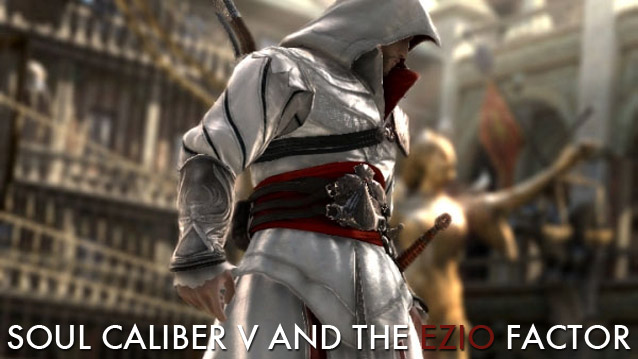

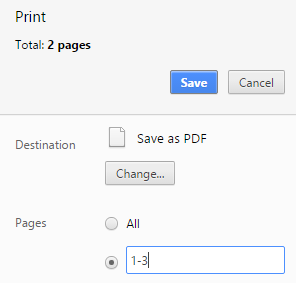
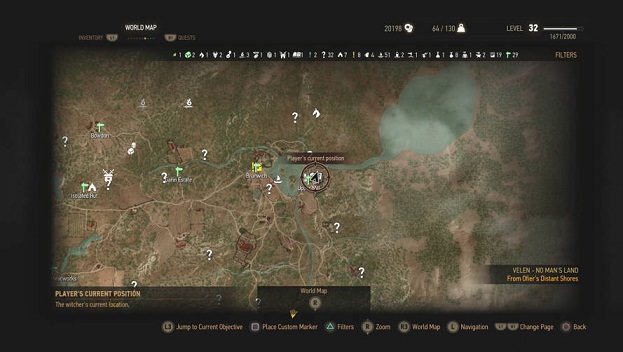 The Witcher 3 Hearts of Stone Runewright guide, recipes
The Witcher 3 Hearts of Stone Runewright guide, recipes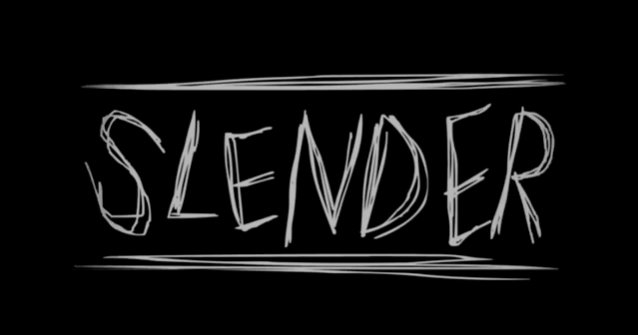 Do The Creep: A Look at the Unity-Based Indie Game Slender
Do The Creep: A Look at the Unity-Based Indie Game Slender 20 Best Video Game Title Themes of This Generation
20 Best Video Game Title Themes of This Generation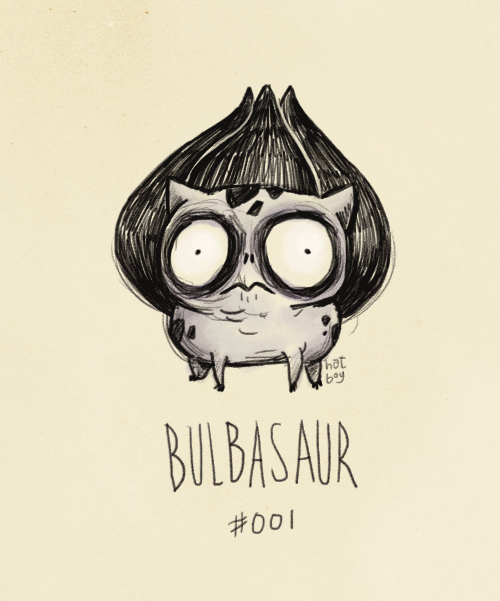 If Tim Burton Made Pokemon
If Tim Burton Made Pokemon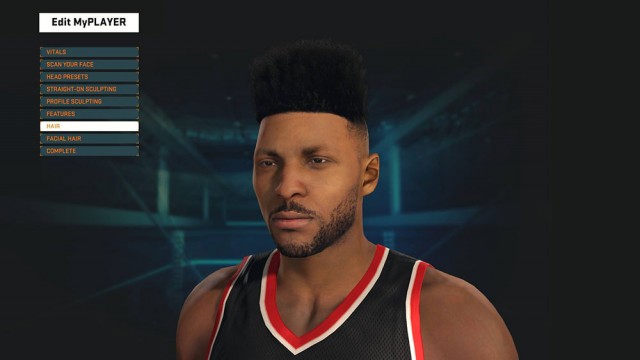 NBA 2K16: How to Reset Your MyPlayer Character
NBA 2K16: How to Reset Your MyPlayer Character